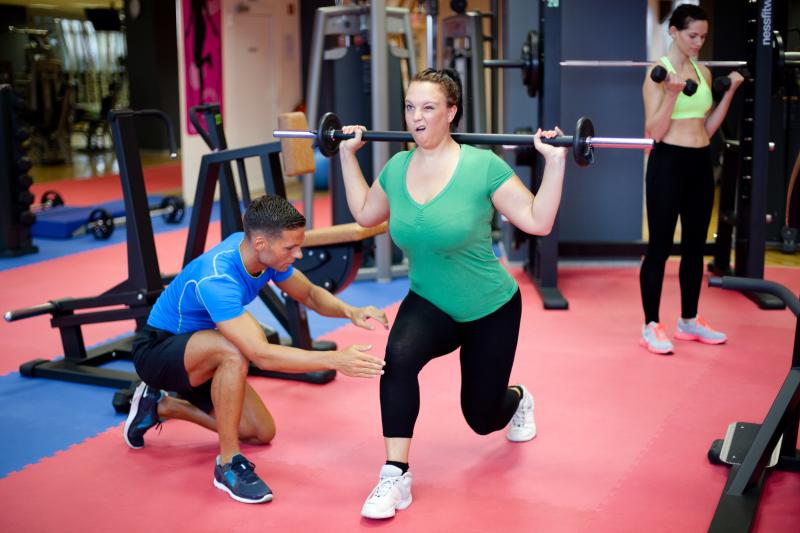
Eight-weeks of high-intensity training that combines aerobic and resistance exercises confer benefits for musculoskeletal pain, but not neuropathic symptoms, in sedentary patients with type 2 diabetes (T2D), as shown in a study.
Thirty-two inactive T2D patients (mean age, 58.7 years; 59 percent male; median HbA1c, 7.8 percent) were randomized to receive usual care (control; n=12) or undergo supervised combined aerobic and resistance moderate-intensity continuous training (C-MICT; n=10) or supervised combined high-intensity interval training (C-HIIT; n=10).
At baseline and after the intervention, researchers assessed musculoskeletal and neuropathic pain using a modified Nordic Musculoskeletal Questionnaire and the Neuropathy Total Symptom Score-6, respectively. They also performed quantitative sensory testing to determine thermal, mechanical and vibration detection thresholds, as well as pain pressure thresholds.
Musculoskeletal pain intensity at week 8 decreased significantly from baseline in the C-HIIT group (mean difference [MD], −5.4, 95 percent confidence interval [CI], −10.6 to −0.2; p=0.04) and numerically in the C-MICT group (MD, −5.9, 95 percent CI, −12.4 to 0.7; p=0.08) relative to the control group.
Changes in neuropathy symptoms did not differ between C-HIIT and control groups (MD, 1.0, −0.9 to 2.8; p=0.31) and between C-MICT and control groups (MD, 0.2, −3.1 to 3.6; p=0.89).
Sensory function was similar across the three groups. Adverse events (AEs) occurred in 19 participants in the C-HIIT group and in 17 in the C-MICT group. The most common AEs were musculoskeletal events (72.2 percent), followed by hypoglycaemia or dizziness (27.8 percent). All AEs recorded, except for one, were mild.
The findings indicate that physicians managing patients with T2D can safely prescribe high-intensity exercise to alleviate musculoskeletal pain, according to the researchers.